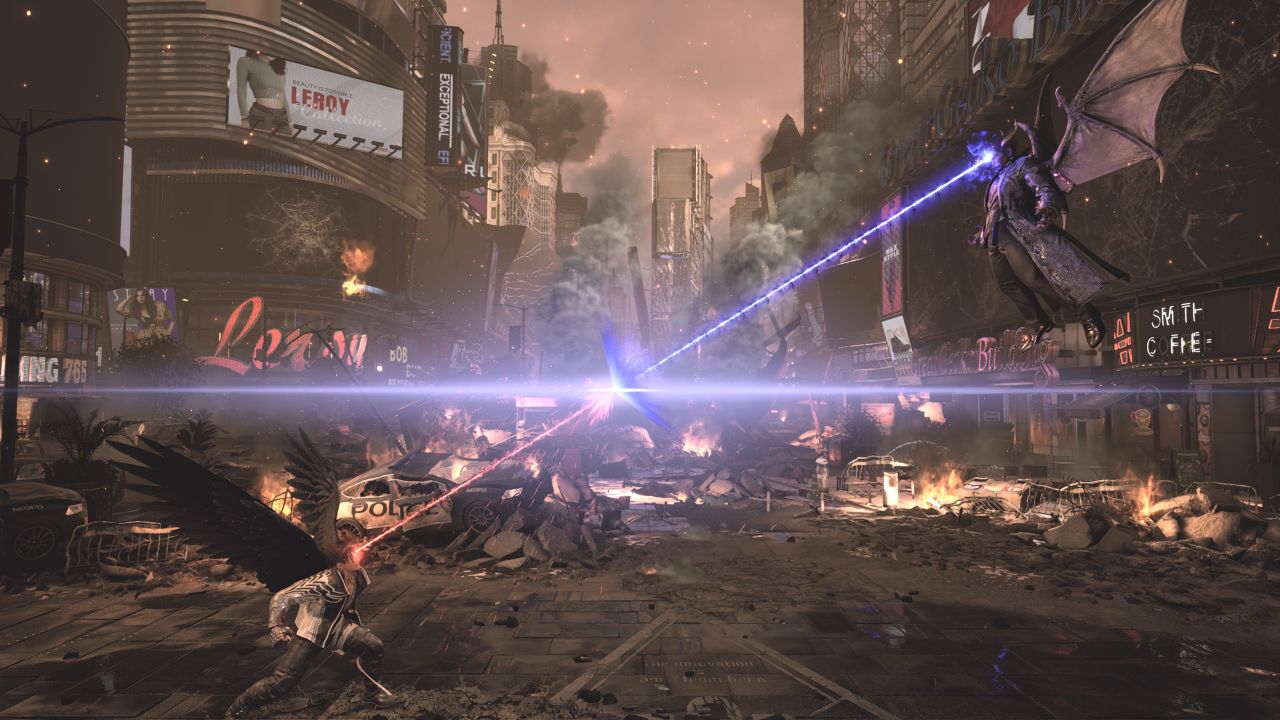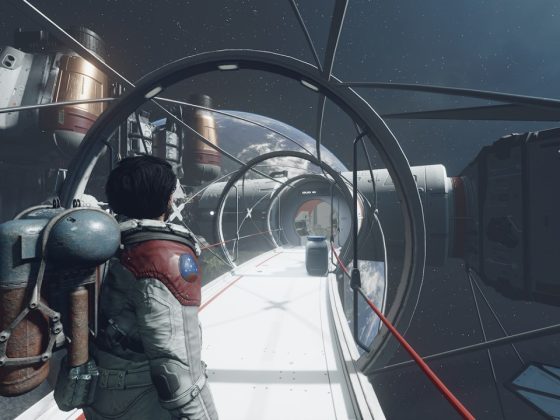SEGA returns with the prequel to their hit franchise, Yakuza. The Yakuza franchise is a long running action RPG that is often confused for a simple Grand Theft Auto clone. On the outside, it might seem that way. However, after spending quite a few hours in Yakuza 0’s vibrant environment, I can guarantee you that it is so much more than that. Yakuza 0 is a game full of content, story, and action. While it won’t be for everyone, role playing fans and veterans of PS2 era brawlers will definitely walk away satisfied. There’s so much to see and do in Yakuza 0, so let’s not waste any time getting into specifics. Here’s our review of Yakuza 0 for the Playstation 4!

Story
Before I get into the plethora of content available to play with in Yakuza 0, let me set the stage. Yakuza 0 takes place at the beginning of the Yakuza timeline. The game follows two characters, both of whom play differently and have different story lines (more on combat later). Firstly, there’s Kiryu. A young yakuza living out of Kamurocho, Kiryu looks to simultaneously climb the ranks of the yakuza mafia as well as honor his family. After getting caught up in a debt collection gone bad, Kiryu finds himself at the center of a real estate scheme. It all revolves around a vacant lot, and everyone in the seedy underworld of crime seems to be gunning for it.

Meanwhile, our other playable character has quite a different life. Running a cabaret in Osaka, the mysterious Majima will be under your control for the other half of the story. After losing his spot in the yakuza, Majima fights to regain footing and establish himself as a true criminal. This plan goes awry, and without spoiling anything, leads to a touching story with quite a bit of emotion.
Dialogue is plentiful and well written, and makes up a considerable portion of your time with Yakuza 0. Since the voice acting in the game is entirely Japanese, English-speaking players will find themselves reading a hefty amount of subtitles. While I found this to work just fine (I’m actually a fan of subtitles over dubbing), I know how “make or break” subtitles can be for audiences. In my opinion, the subtitles work great, and I respect the decision to keep the game in its native tongue.
That being said, exposition is heavy. I wasn’t kidding when I said you’ll spend a lot of time reading subtitles. Much of the story is told through cut scenes as well, but mission to mission play will have you reading quite a bit. Despite this, the story is damn good. Characters feel real, and their morals show off the gray area of organized crime. The game also does an excellent job of representing Japanese culture. Whether it’s through storytelling or straight dialogue, Yakuza honors a lot of Japanese morals. In an early mission, you beat the snot out of a few guys attempting to jump a woman. Later, you’ll struggle with coming to turns with committing murder. These are things that are openly glorified in games like Grand Theft Auto; seeing them on a more realistic and emotional level really does wonders for the atmosphere.

While the story can be a bit melodramatic at time or be heavy-handed with exposition, the overall quality of never truly wavers. I found myself immersed throughout the main story, easily considering my actions in the shoes of the protagonists. Additionally, characters in side missions and around the city are entertaining and colorful. There’s some great characters in critical missions, but most of my favorite characters were contained to side quests. From a man trying to fix his 1988 portable phone to a rock group in over their heads, these characters are what stuck in my mind for a while.

Graphics and Presentation
There’s truly something to be said about Yakuza 0’s visual presentation. I talked about how the game is able to capture Japanese culture through dialogue and morals, but it does it even better in visual style. The city streets you find yourself exploring are often littered with neon signs and bright advertisements. These bright visuals pop off the screen, and I often found myself looking around with a big smile on my face. The city streets of Osaka and Tokyo are captured here perfectly. My older brother currently lives in Osaka, and recently set me a set of pictures from a day vacation to Osaka. Comparing these pictures to Yakuza’s environment shows just how well they capture the vivid nightlife and loud aesthetic.
Speaking technically however, Yakuza 0 is not the best looking game. Don’t get me wrong, it looks great at times. Unfortunately, it can also look pretty rough too. Your moment to moment gameplay will look fine, and capture the eye appropriately. When talking about cut scenes, this does not remain true. Yakuza has three kinds of cut scenes: pre-rendered, in-game, and really in-game. I know that sounds confusing, so let me explain.
Pre-rendered cutscenes look great. These are made in their own graphical engine, and contain that “movie” quality you are accustomed to in-game cut scenes. The other two types of cut scenes are captured with the in-game engine. This produces a dip in quality, but it never looks any worse than normal gameplay. However, some cut scenes have dynamic camera movement and lip syncing. Other cut scenes use static camera angles, and have no lip syncing. These are where the majority of dialogue plays out. The camera will switch from person to person, as dialogue comes up on-screen . While it’s not necessarily a bad choice, it’s jarring due to our familiarity with dialogue mechanics in games like Mass Effect, TellTale’s The Walking Dead, and more. I feel like a similar static dialogue mechanic would’ve worked better here. However, it’s functional even if it’s a bit awkward.

Gameplay
Like any other open world game, the true meat is the gameplay itself. Yakuza 0 does this well, offering a lengthy main story (30+ hours) along with some great side content. Like I said before, Yakuza 0 is barely comparable to Grand Theft Auto in terms of gameplay. Yakuza 0 is more of a brawler than anything else. Combat is heavy and purposeful, and each encounter plays out with importance. The game doesn’t feel open world in modern sense; the playable area isn’t terribly huge. Consider it a guided experience, but those willing to stray from the path will be greatly rewarded.
Overall, the game feels like a 3D version of the NES classic, River City Ransom. For those unfamiliar, you engage in fights with enemies which earns you money. You use this money to upgrade your own abilities and buy items from shops around town. A lot of your money will go towards upgrades, as both characters have multiple fighting styles and accompanying trees. These different fighting styles give way to varied combat, by allowing you to switch on the fly. Switching from Kiryu’s Rush to Beast styles are like night and day; one style is quick and evasive, the other brutal and aggressive. One of my favorites is Majima’s Slugger style, which revolves around using a baseball bat.
The combat can feel rough around the edges at times, but after a few hours you’ll be destroying baddies left and right. The entirety of the combat reminds me of an era of gaming gone by. It’s arcade-like instead of realistic, with flashy special moves and bright visual effects. Even entering these battles feels momentous, with giant letters filling the screen. It’s all very distinct and cohesive in style. Those looking for realistic combat might be disappointed, but I’m pretty sure the mass majority will love it.

Before we wrap things up, I want to touch on the side content. When you’re not trying to climb the ranks of the Yakuza (or bring it down, depending on the character), you’ll be participating in mini-games and side quests that pop up around town. Side quests take the form of “sub-stories” in Yakuza, usually revolving around a character in need. Running into these feels organic, as sub-stories are integrated into many facets of gameplay. For instance, you might stop off at the convenient store to buy some healing drinks. At checkout, you strike up a conversation with the cute cashier. Suddenly, you’ve found another sub-story within the friendship of the cashier. Returning to the same convenient store over time progresses the friendship and the sub-story. These friendships pop up as you play, and you’ll soon be pals with everyone. At the very least, you’ll probably wind up being buddies with a street side police officer or a bowling alley employee.
Speaking of bowling alleys, these are just one of the mini game locations available to play in. Besides bowling, players can take up disco dancing, batting cages, arcades, and even karaoke. Karaoke is a stand out for me, as the juxtaposition between tough criminal and giddy karaoke singer is hilarious. Once again capturing the Japanese culture well, karaoke highlights just how silly Yakuza 0 can be at times. The arcades are also impressive, featuring fully playable versions of SEGA arcade classics.

Conclusion
Yakuza 0 isn’t a game for everyone, but I had a great time with it. I have no problem recommending Yakuza 0, but there’s some conditions. As long as you’re okay with a lot of subtitled dialogue and a bit of melodrama, Yakuza 0 is worth your time. It’s a quirky game with a lot of style and heart. Even if you don’t enjoy the game itself, you can’t argue it’s uniqueness. For those looking for a blast from the past in terms of gameplay, look no further. Thanks to its arcadey combat, incredible amount of side content, and great visual style, Yakuza 0 sets itself apart from other simple open world games. If you’re hoping for a Grand Theft Auto: Japan or something similar to Sleeping Dogs, you will walk away disappointed. But if you free up your expectations and embrace it, Yakuza 0 will take you to some pretty great places.
Rating: 8/10




